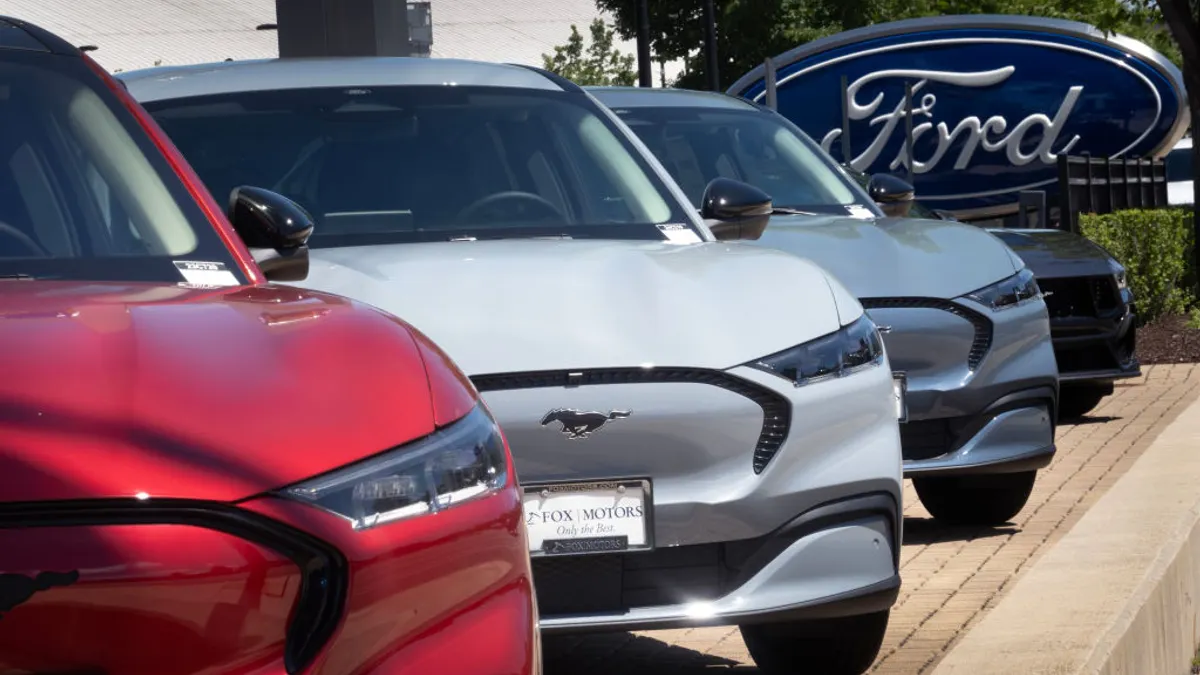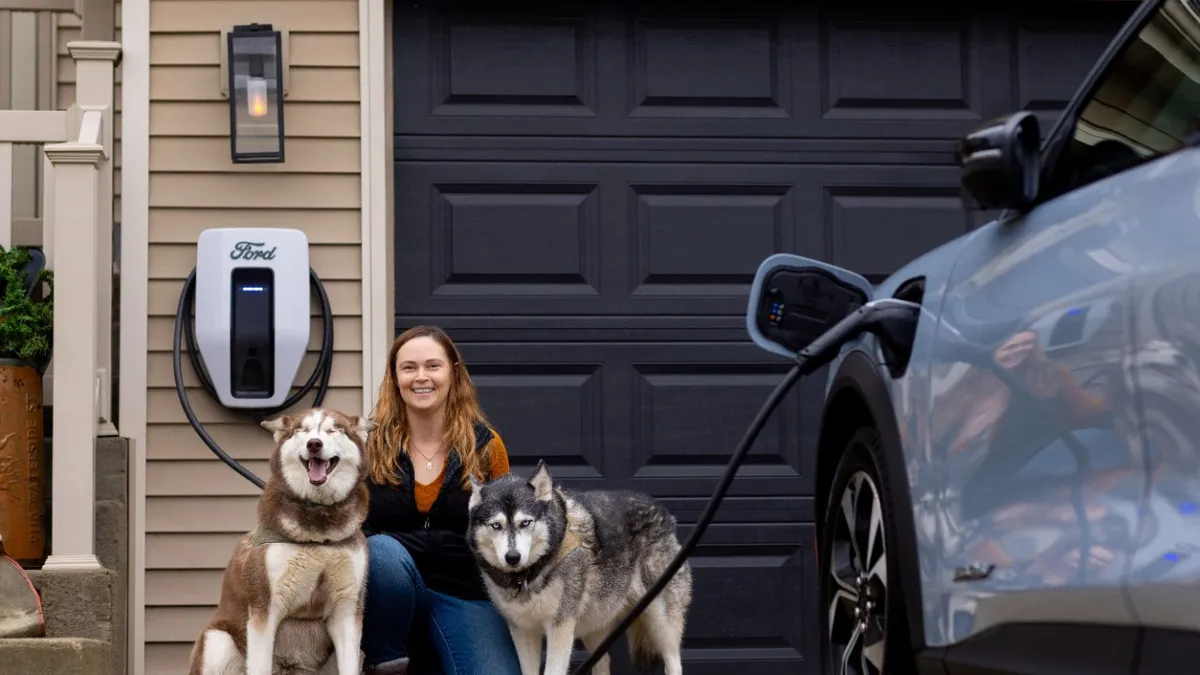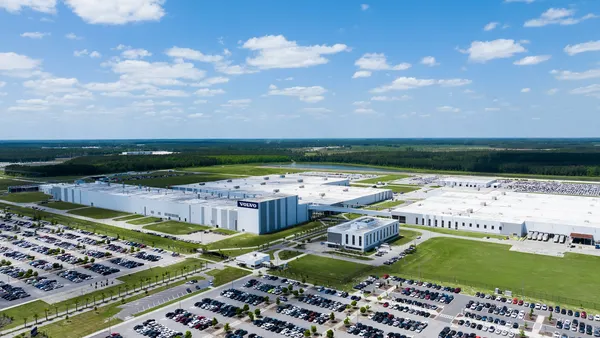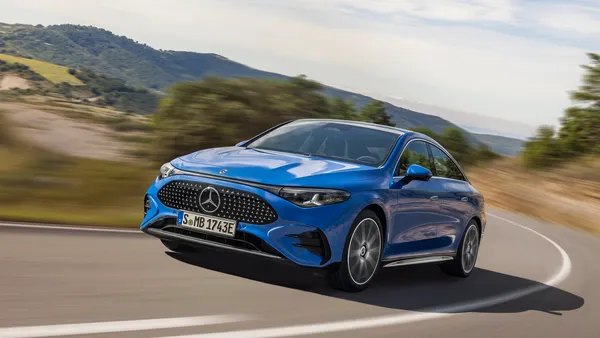September new vehicle sales are projected to edge up from last year but overall growth remains modest as affordability pressures and a tax-credit-fueled electric vehicle sales spike affect the market, according to a Sept. 25 sales forecast from J.D. Power and data analytics firm GlobalData.
Consumers were projected to spend $45 billion on new vehicles in September, 8.5% more than in September 2024. However, this is because of higher prices rather than volume growth, as total new vehicle sales are set to rise 0.1% year-over-year, after adjusting for the number of selling days.
“September sales results point to another month of strong demand for new vehicles … [but] assessing the health of the industry requires a closer look at the underlying market dynamics,” Thomas King, president of the data and analytics division at J.D. Power, said in a statement.
King said that the most significant driver of the September results was EV demand, temporarily inflated by the Sept. 30 expiration of the federal EV tax credit. EVs are set to account for a record 12.2% of new vehicle purchases in September, a year-over-year increase of 2.6 percentage points. By contrast, sales of traditional gas-powered vehicles are expected to decline 2.5% compared to September 2024.
Vehicle affordability remains a key concern, King said, as vehicle prices continue to climb, discount and incentive packages remain low and monthly payments reach record highs.
This month’s average new vehicle transaction price is forecast to reach $45,795, a $1,310 or 2.9% increase compared to last year, and the projected average monthly payment of $756 is the highest ever recorded during September. Meanwhile, incentive packages are expected to average 6.1% of MSRP, a year-over-year decline of 0.2 percentage points.
High prices and limited discounts “are helping manufacturers preserve profitability amidst tariff related cost pressure but at the expense of higher sales volumes,” King said.
Even as EV sales surpass 12% as a share of new vehicle purchases for the first time, underlying EV demand remains weak, according to Tyson Jominy, SVP of data & analytics at J.D. Power. “[T]he absence of a significant end-of-incentive surge underscores the underlying softness in consumer demand for the technology,” Jominy said.
He added that more than 163,000 EVs will remain on dealer lots after the federal EV tax credit expires and that “manufacturers may be compelled to absorb some or all of the lost value to maintain momentum.”
Looking ahead, EV sales are expected to drop in October as demand falls without the federal EV tax credit.
While manufacturers could increase incentives to strengthen demand for EVs as well as non-EVs, King said that “tariff-related cost pressure remains significant, meaning the current pricing and incentive environment is likely to persist for much of Q4.”










